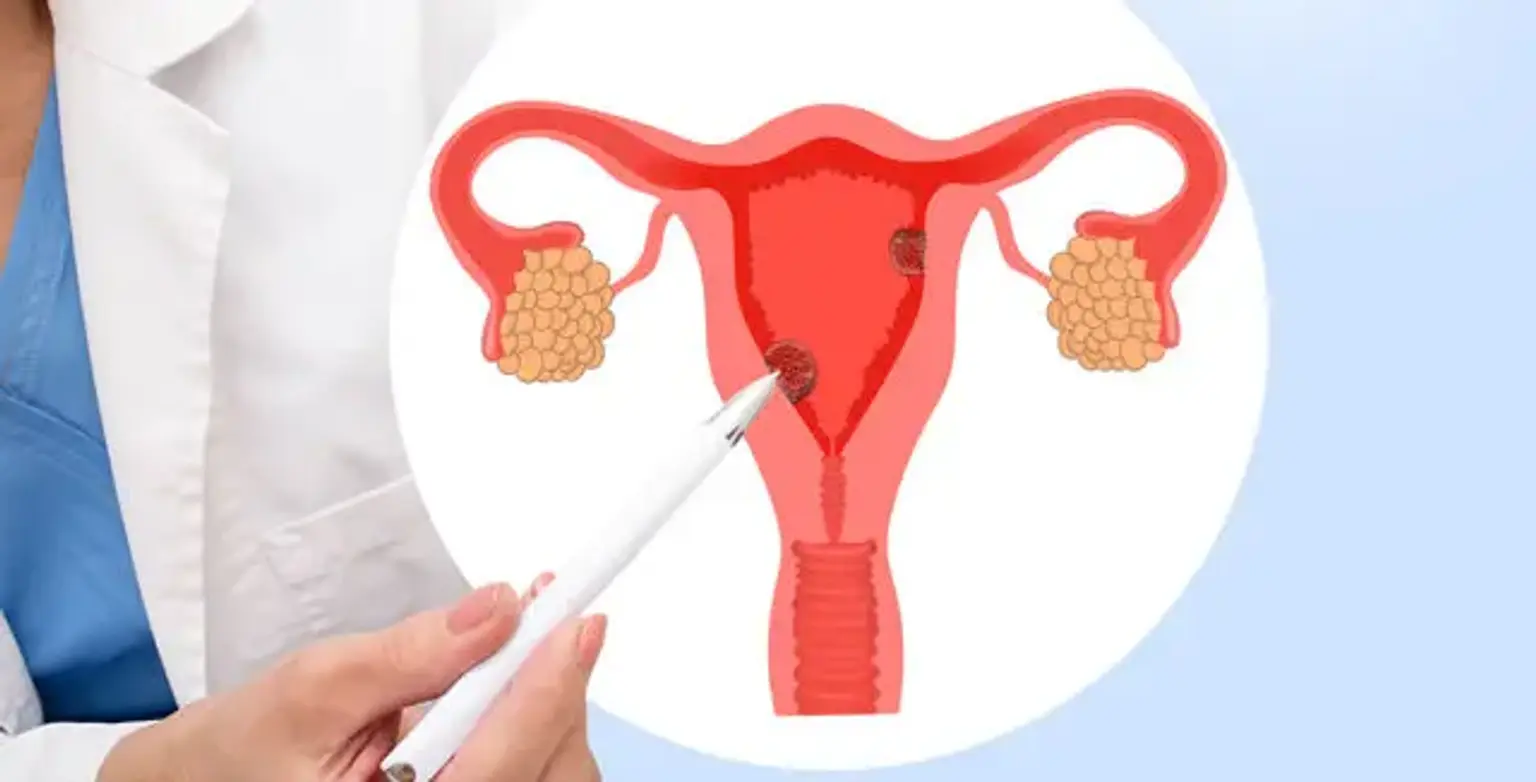Endometrial Cancer
Endometrial cancer (sometimes known as uterine cancer) is a form of cancer that develops in the uterus. It normally starts within the cells layer that makes up the uterus lining (endometrium). Endometrial cancer is one of the most prevalent gynecological cancers that affect the reproductive system in women.
Endometrial cancer is usually diagnosed while at its early stage since the production of abnormal vaginal bleeding characterizes it. Moreover, when the cancer is detected earlier, surgical removal of the uterus can cure it.
